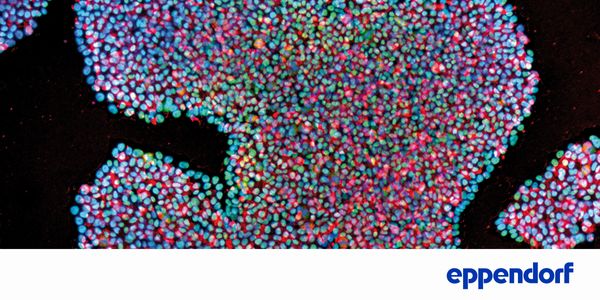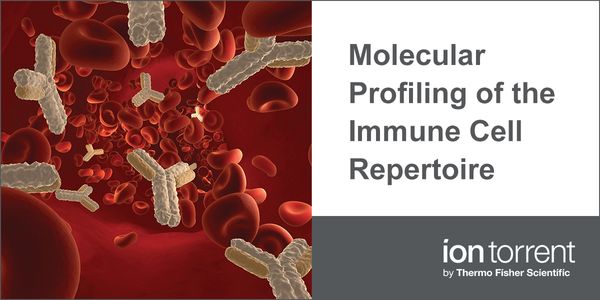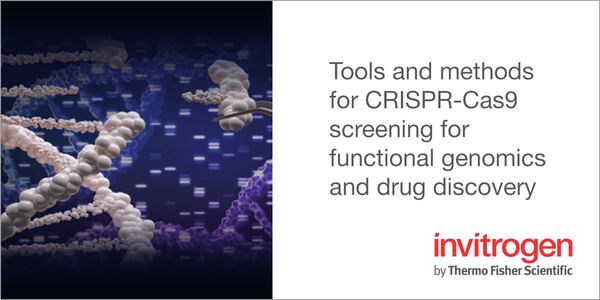Imaging
Imaging: the technique and process of creating visual representations of the interior of a body for clinical analysis and medical intervention, as well as visual representation of the function of some organs or tissues (physiology). Medical imaging seeks to reveal internal structures hidden by the skin and bones, as well as to diagnose and treat disease. Medical imaging also establishes a database of normal anatomy and physiology to make it possible to identify abnormalities. Although imaging of removed organs and tissues can be performed for medical reasons, such procedures are usually considered part of pathology instead of medical imaging.
-
The prevalence of EGFR mutation rate positivity in NSCLC is high in Asia, and this is the case in Malaysia as well. This presentation will provide Malaysia’s approach in implementation...Speaker: Dr. Pathmanathan Rajadurai, MBBS, FRCPA, FRCPathPresented at: OncomineWorld 2022: A Virtual NGS Education Meeting
Provide education on COVID-19 disease and SARS-CoV-2. Review the types of tests used for the diagnosis of infectious diseases. Discuss approaches to serologic test development. Review the ki...
MAY 13, 2020 | 7:00 AM
DATE: May 13, 2020 TIME: 7am PT, 10am ET, 4pm CEST Stem cells represent an important tool in a wide range of applications, including basic research, disease modeling, drug discovery, and reg...
MAY 12, 2020 | 9:00 AM
NEW DATE: Date: May 12, 2020 Time: 9:00am PDT, 12:00pm EDT...
MAY 12, 2020 | 8:00 AM
DATE: May 12, 2020 TIME: 8:00am PT Idiopathic aplastic anemia (AA) has two key characteristics: an autoimmune response against hematopoietic stem/progenitor cells and regulatory T cells (Tre...
MAY 08, 2020 | 10:00 AM
DATE: May 8, 2020 TIME: 10:00am PT, 11:00am MT, 1:00pm ET The application of next generation sequencing to interrogate immune repertoires and methods in which these highly complex dataset...
MAY 07, 2020 | 8:00 AM
DATE: May 7, 2020 TIME: 8:00AM PDT, 11:00AM EDT With the recent explosion of cell therapy, we know more about conditions affecting cell growth than ever before. Your CO2 incubator should not...
MAY 07, 2020 | 7:00 AM
DATE: May 7, 2020 TIME: 7:00am PT As cost of sequencing continues to drop, the throughput and complexity of NGS assays have risen precipitously. At the same time, the types of samples being...
The forensic investigation of crime involves answering four basic questions: who, what, where, and when. Tools exist to answer questions of who, what and where, but the question when is ofte...
Crime scene investigation is more than just processing or documentation of crime scenes, nor is it just the collection or packaging of physical evidence. It is the first step and the most cr...
The toxicology of particulate matter is complicated by characteristics not normally encountered when addressing poisonings associated with chemical substances. Particle shape, surface reacti...
The necrobiome is the community of organisms that use or are affected by decomposing organic matter. Decomposing organic matter comes in the form of dead plant matter (biomass) or that of de...
The ever-increasing number of deaths along the U.S.-México border and the diversification in the demographic characteristics of the Latin American migrants, who perish in this region,...
























